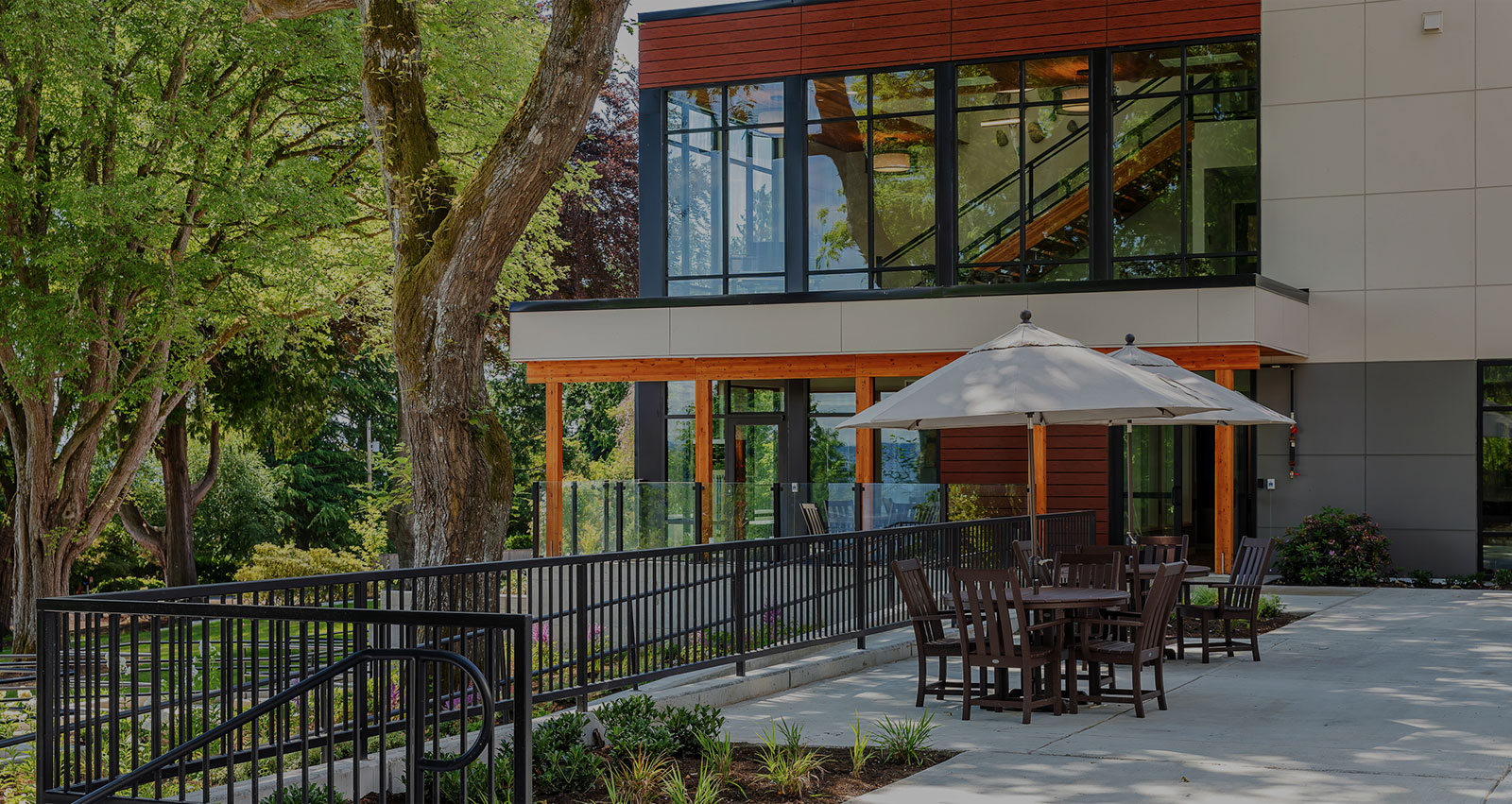Helping Seniors Move from One Level of Care to Another
August 28, 2025

When our loved one enters a senior living community, we hope it’s a one-time move. But the reality is that their care needs may change over time.
Most Fieldstone senior living communities offer several levels of care. Understanding how transitions between care levels work can help your family prepare for these important changes. Independent living provides minimal help. Assisted living offers support with daily tasks such as bathing and taking medications. Memory care specializes in helping people with cognitive decline.
The benefit of choosing a community that offers several levels of care is that your loved one can stay with their friends and familiar surroundings, even if their needs change.
“Each state is different, but it used to be that independent and assisted living would be two separately regulated places and you’d have to move,” explained Randi O’Neal, Community Relations Director at Fieldstone of Bainbridge. “But our floating license means that it’s just a matter of paperwork. Our building is set up so that residents can receive all levels of assistance we provide in any of the apartments.”
What causes a move between care levels?
Several things typically trigger a care level change. Health problems are the most common reason—a fall that affects mobility, new medical conditions that require monitoring, or recovery from surgery or a hospital stay.
Memory problems also lead to transitions. Early memory loss might mean moving from independent to assisted living, while advanced dementia often requires specialized memory care because of safety issues. Examples include wandering, confusion about medications, or forgetting to turn off the stove. When daily tasks like bathing, dressing, or cooking become difficult or unsafe, it’s time to consider more help.
Sometimes the change is temporary after an illness. Other times, it’s permanent as care needs increase with age.
How are these decisions made?
Most communities assess residents regularly, usually every six months or when health changes occur. A team that includes healthcare workers looks at physical health, memory function, medication needs, mobility, and daily living skills. They consider current abilities, safety risks, and quality of life. The goal is making sure each resident gets the right level of care for their needs.
And O’Neal explains that noticing when health changes occur is a community-wide effort.
“We’re with these residents all the time, no matter where they live on campus,” she said. “We have housekeepers in the apartments weekly, and the activities director interacting with residents all the time. We are in constant communication within all the staff, not just the caregivers. Every single person here has an obligation to communicate any changes or concerns that they have.”
Family members can help inform this process in the following ways:
- Keep regular contact with your loved one’s care team. Don’t wait for emergencies to discuss possible changes.
- Join care planning meetings and ask questions. Your knowledge about your loved one’s preferences and history helps the care team make better decisions. Ask about the assessment process, timing, and what changes might trigger a move.
- Plan financially for different care levels. Understand the costs and check insurance coverage. Many communities offer help with financial planning.
- Support your loved one emotionally during transitions. Change can be scary, even when it’s necessary. Listen to their concerns, include them in decisions when possible, and help them understand why more care is helpful. Keep familiar items and routines to provide comfort.
- Help them stay connected with friends from their previous care level when possible.
Making smooth transitions
When a move becomes necessary, timing matters. Work with their care team to choose the best time based on health, room availability, and emotional readiness.
If a care transition means moving rooms, help make the new space feel like home with familiar belongings and photos. Visit regularly at first to provide support during adjustment. Share information about your loved one’s preferences and routines with any new care staff. Patience is key. It usually takes several weeks for residents to feel comfortable in their new environment.
“When a move to memory care is in the future, we love to have the opportunity to slowly introduce them to that new community,” O’Neal explained. “That gives us an opportunity to see how well they are acclimating. A hard and fast reset can be upsetting to people with dementia.”
Remember the benefits
Care transitions often feel like losses, but they usually lead to better safety, health management, and quality of life. Professional staff can better manage health conditions and address any possible safety concerns.
Modern senior living focuses on maintaining independence and choice within safe limits. The goal is finding the right balance between freedom and necessary support.
“Keeping the resident involved as much as possible is so important throughout that process,” explained Community Relations Assistant Sierra Ward. “Even when those routines are in place, they still have the option to say yes or no, keeping that independence and autonomy is crucial.”


